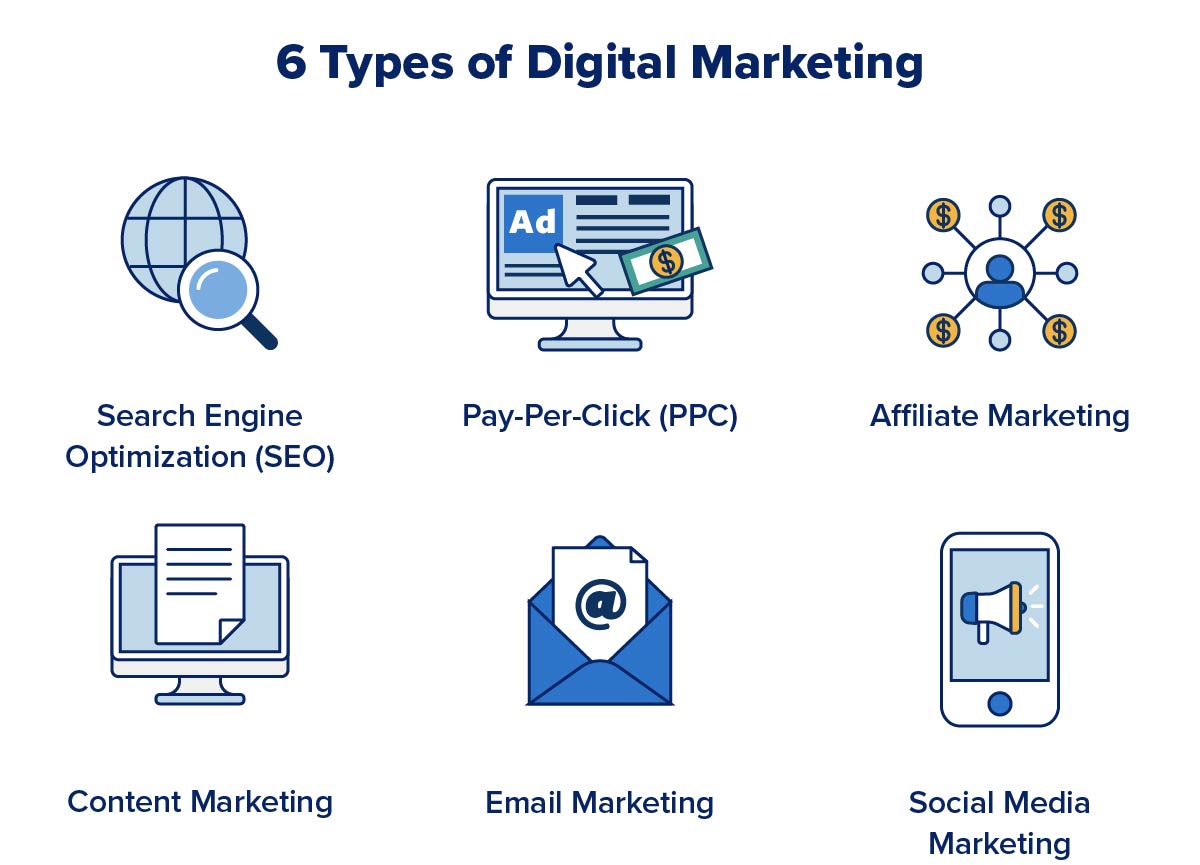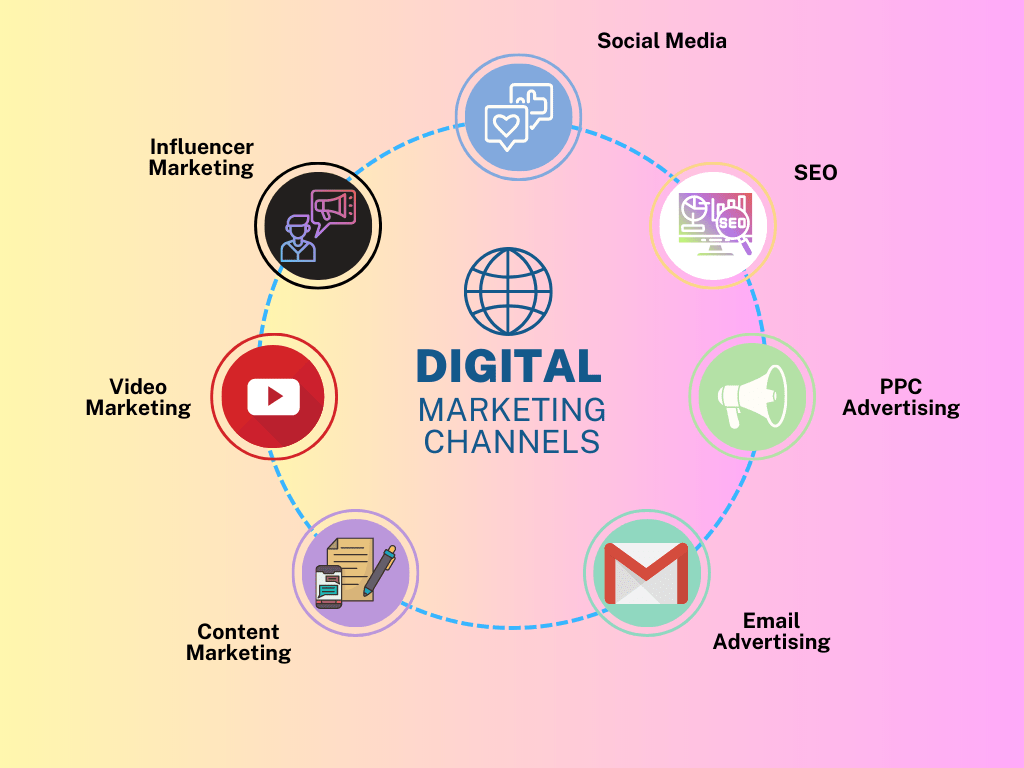Enhance User Experience and Drive Web Traffic With Responsive Web Style
In today's electronic landscape, where users are accessing websites from a plethora of devices, receptive web layout has come to be more crucial than ever before. With its capacity to adjust and perfectly get used to various display dimensions, receptive design not just improves customer experience yet additionally drives traffic to your web site. But why is this style technique so important? Exactly how does it enhance individual engagement and rise website web traffic? In this conversation, we will certainly explore the key elements of reliable receptive layout, dig right into the ideal techniques for its application, and discover the tricks to enhancing customer experience while driving more website traffic to your internet site.
Why Receptive Website Design Issues
Responsive website design is an important aspect of modern internet growth as a result of its capability to make sure ideal user experience across various gadgets and display dimensions. With the expansion of mobile phones, tablets, and other smart phones, it has become essential for sites to adapt and supply seamless performance no matter the gadget being used.
The primary reason that responsive internet layout matters is that it allows users to have a regular and delightful browsing experience, no matter the device they are making use of. A responsive internet site instantly changes its style, format, and material aspects to fit the display size and resolution of the gadget, guaranteeing that customers can quickly engage and browse with the web site without any trouble or aggravation.
In addition, receptive web design also plays a substantial role in search engine optimization (SEO) Online search engine, such as Google, prioritize internet sites that are mobile-friendly and responsive in their search results. By incorporating responsive design principles, internet sites can boost their visibility and position, resulting in increased natural website traffic and prospective customers.

Boosting User Involvement Through Responsive Layout
Optimizing user interaction is a vital goal of receptive style, as it guarantees that users can quickly access and connect with website material on any device. With the raising use mobile phones and tablet computers, it is crucial for internet sites to adjust to different screen dimensions and resolutions. Responsive style enables sites to instantly change their format and material to give a smooth customer experience across devices.
Among the primary ways responsive style improves customer engagement is by decreasing lots times. With a responsive site, individuals don't need to wait on different mobile variations to lots, leading to much faster access to material. This enhanced speed brings about greater individual fulfillment and encourages them to spend even more time on the site.
Furthermore, responsive layout improves individual engagement by enhancing navigation and user interface (The Ad Firm web design agency). When a site is designed responsively, menus and buttons are maximized for touch interactions, making it easier for users to navigate and interact with the site on their smart phones. This intuitive and user-friendly experience keeps customers involved and motivates them to check out more of the web site
Additionally, responsive layout enables far better web content exposure and readability. By adjusting the format and font sizes to different devices, receptive web sites make certain that individuals can conveniently understand the content and read. This boosts user involvement by minimizing the requirement for scrolling or zooming to review the text.
Increasing Web Site Web Traffic With Responsive Web Design
With the growing appeal of mobile phones, having a web site that is receptive to various display dimensions and resolutions is vital for driving enhanced traffic. In today's digital landscape, individuals are accessing internet sites from a variety of devices such as mobile phones, tablets, and computer. Each of these devices has different display dimensions and resolutions, and if your web site is not created to adjust to these variations, it can lead to a poor user experience and a loss of potential traffic.
Responsive website design makes certain that your site looks and functions efficiently across all tools. By making use of flexible grids, fluid pictures, and media queries, responsive style allows your web site to instantly adjust its design, content, and navigation to fit any type of article screen size. This indicates that users will certainly have a seamless surfing experience despite whether they are using a tiny mobile phone or a huge desktop computer computer.
Crucial Element of Efficient Responsive Layout
Effective responsive style includes several key aspects that guarantee a seamless customer experience throughout various devices. One of these components is flexible grids and layouts. By utilizing family member units like percents as opposed to repaired devices like pixels, designers can produce formats that scale and adapt to fit various display sizes. This enables material to be shown in a visually appealing and legible way on any device.
An additional vital component is media queries. These enable developers to apply different styles and formats based on the qualities of the user's tool, such as display size and positioning. By using media questions, developers can enhance the presentation of content for every device, making sure that it is quickly available and understandable.
Receptive images are additionally crucial in efficient receptive design. Images that are as well large can decrease web page tons times on mobile tools, while photos that are too small might appear pixelated on bigger displays. By using techniques such as responsive image resizing and careless loading, designers can make certain that photos are properly sized and maximized for each gadget.
Last but not least, efficient responsive style includes a mobile-first technique. This implies prioritizing and creating web content for mobile devices first, and afterwards expanding and improving the layout for bigger screens. This strategy guarantees that one of the most crucial content is conveniently available on smaller sized displays, while still supplying an abundant experience on larger tools.
Best Practices for Carrying Out Responsive Website Design
Carrying out receptive internet design requires mindful consideration of various best practices to make certain an ideal customer experience across different devices. When executing receptive internet style., right here are some key finest practices to comply with.
Firstly, it is crucial to prioritize mobile individuals. With the increasing dominance of mobile phones, designing for mobile-first has actually become important. Beginning deliberately for smaller sized displays and afterwards over at this website considerably improve the format for bigger screens.

An additional vital best method is to maximize photos for various screen resolutions. Big images can reduce the filling time of your internet site, especially on smart phones with slower connections. Use responsive pictures that can be resized based upon the tool's display resolution to boost efficiency.
In addition, examination your web site on different tools and screen sizes to make certain a consistent and seamless experience. There are numerous screening tools available that can help you determine any problems and make needed adjustments.
Last but not least, prioritize usability and ease of access. Ensure that your web site is very easy to browse, with clear and concise material. See to it that your internet site is accessible to people with disabilities and complies with availability standards.
Conclusion
Finally, receptive website design plays a crucial function in enhancing customer experience and driving traffic to web sites. By embracing responsive design principles, sites can guarantee optimum seeing experiences across various tools, resulting in boosted user interaction (The Ad Firm Web Design). Responsive design can also add to higher site web traffic as it boosts search engine rankings and promotes very easy sharing of web content. Therefore, businesses should concentrate on implementing the crucial elements and finest methods of responsive style to properly meet the demands of contemporary users.
Maximizing individual interaction is a crucial objective of receptive design, as it makes certain that customers can easily accessibility and connect with web site content on any device. Responsive style enables sites to immediately readjust their design and web content to supply a smooth user experience across tools.
In addition, responsive style boosts user involvement hop over to these guys by boosting navigating and individual interface.Responsive pictures are also critical in effective responsive layout. By taking on responsive design concepts, web sites can guarantee optimal watching experiences throughout various devices, leading to enhanced customer engagement.